Indonesia’s installed generation capacity is about 90 GW, of which coal accounts for 49.7 GW – roughly twice as much as a decade ago. Fossil fuels provided 80% of all power production in 2024 and clean energy just 20%, according to think tank Ember. Hydro and geothermal projects dominated clean energy’s share, with solar and wind jointly contributing just 0.24%. State utility PT Perusahaan Listrik Negara (PLN) holds a monopoly on transmission and distribution, but must compete with independent power producers (IPPs) when it comes to generation.
The government has unveiled a series of plans to change that balance, creating plentiful opportunities for potential solar investors. It is still finalising its 2025-34 National Electricity Supply Business Plan (RUPTL), but this is expected to include a commitment to adding 71 GW of new capacity by 2034, of which 70% will come from renewables, lifting the proportion of renewables in the generation mix to 35% by 2034. Solar is expected to provide 17 GW of that, hydro 16 GW, and geothermal 5 GW.
There have also been unconfirmed reports that the solar target could be lifted from 17 GW to 27 GW. Shabrina Nadhila, Ember’s electricity policy analyst for Southeast Asia, told pv magazine that meeting these targets “will likely depend on accelerating project pipelines, resolving grid constraints, and ensuring investment incentives stay attractive.”
President Prabowo Subianto announced a target of phasing out coal generation by 2040 at the G20 summit in Brazil in 2024. The country could hit this target by increasing renewables’ share in the generation mix to 65%, investing in battery storage and annually retiring 3 GW of coal, according to Ember.
Some donor investment is being provided to support the transition, including $20 billion via the Just Energy Transition Partnership (JETP), which was signed at the G20 Summit in Bali in November 2022. JETP financing for low-carbon projects is provided by the International Partners Group (IPG) of the United Kingdom, the European Union, France, Germany, Canada, Japan, Denmark and the Netherlands. Funding is provided in return for commitments on renewables and/or energy sector emissions. The United States was originally part of the IPG but withdrew in March 2025, canceling its $2 billion commitment to Indonesia.
As part of the deal, Jakarta agreed to ban new coal-fired plants, apart from those already planned or incorporating carbon capture and storage technology. Existing coal plants are to be phased out by 2040, with the country intending to reach net zero before 2060. A deal with the Asian Development Bank expected to conclude in 2025 would see the 660 MW Cirebon-1 coal-fired plant in West Java close early.
However, building new coal-fired plants has also been discussed. Hashim Djojohadikusumo, the brother of President Subianto and special envoy for energy and climate, told Reuters in a May 1 interview: “The government does not want to commit economic suicide. There’ll be no phase out, but there will be a phase down.”
PV potential
Whatever the targets, it seems clear that the Indonesian renewables sector in general and PV specifically are set for rapid expansion. Figures from Jakarta-based think tank the Institute for Essential Services Reform show installed utility-scale solar capacity stood at 718 MW in August 2024, with 16.9 GW in development. If approved, the 17 GW target for 2034 would be more ambitious than the government’s existing goal of 4.7 GW utility-scale solar capacity by 2030.
National targets, declining technology costs, and growing demand from power buyers highlight the Indonesian market’s growing potential, said Rudy Sembiring, head of Indonesia at developer Vena Energy. The significant drop in module prices in recent years “has made solar increasingly cost-competitive, even when compared to heavily subsidised fossil fuels,” he said.
Commercial and industrial customers, especially those integrated into global value chains, are showing growing interest in securing clean energy supplies to meet sustainability goals, said Sembiring. TotalEnergies ENEOS completed a 2.2 MW factory solar rooftop project in Bandung in November 2024 for an Indonesian chocolate producer.
The country’s biggest onshore project is PowerChina’s 100 MW Karawang scheme in West Java, operational since August 2024. Indonesia’s largest operational PV plant in capacity terms is the 192 MW Cirata floating project, completed on a West Java reservoir by PLN Nusantara Power and the UAE’s Masdar in 2023. The 200-hectare reservoir has potential to support 1 GW of capacity, studies have shown.
Floating PV projects on Indonesia’s calm, equatorial, inland sea represent the country’s greatest solar opportunity, according to Ricardo Rüther of Federal University of Santa Catarina in Brazil and Andrew Blakers of Australian National University. Harsher wind and wave conditions offshore have so far largely confined floating PV to inland waters, but the seas between Indonesia’s islands have low wind and wave heights.
In April, Masdar signed memoranda of understanding with PLN over the expansion of the Cirata plant and the development of another floating PV facility at the Jatigede Dam in West Java by 2027.
In the same month, a $90 million (USD 60 million) funding package was announced for the 60 MW Saguling floating PV plant in West Java. The plant will be operated by ACWA Power and PLN Indonesia Power, with financing provided by Standard Chartered Bank, France’s Proparco, and Germany’s DEG, as part of the JETP plan.
Several gigawatt-scale solar projects have been announced, but in practice these appear to be wider development programs spread over different sites. For instance, PLN’s Hijaunesia project consists of 1 GW of capacity across 12 solar projects and one wind project.
PLN Indonesia Power has launched a 1 GW-plus solar initiative that includes 500 MW in its first phase across five projects: three floating and two ground-mounted. Vena Energy has secured the contract to develop the first of the ground-mounted projects. “Successful execution of these initial phases could pave the way for future gigawatt-scale development, especially with continued support from PLN and a more streamlined permitting process,” said Sembiring.
Tough competition
The PV sector faces competition from other technologies. It may be difficult to retire some coal plants quickly due to existing power purchase agreements (PPAs). To scale up solar power, Indonesia needs to make its coal power fleet more flexible by changing PPAs and adjusting price caps and domestic coal obligations to allow more clean energy on to the grid, said Nadhila.
In February, Deputy Minister of State-owned Enterprises Kartika Wirjoatmodjo said that 5 GW of new coal capacity is expected to be completed over the decade, but this will fulfill commitments from the previous RUPTL, rather than suggesting any new investment. Moreover, even if the ban on coal plants is enforced, 18 GW of gas-fired plants are also due for construction by 2040.
Indonesia currently has no commercial nuclear reactors, but the government hopes to sign contracts for the development of 10 GW of nuclear capacity by 2040 and claims to have interest from a wide range of potential foreign investors.
Wider support
A wide range of investments could help support solar, including a spate of new PV factory announcements. Two Singaporean firms are among the biggest investors. Gstar Solar is building a 3 GW wafer facility near Jakarta, with first production due in May 2025, as pv magazine went to press, and Elite Solar opened a cell manufacturing plant in December 2024 of unspecified capacity.
In November 2024, Thornova Solar began module production at its 2.5 GW factory on Batam, while SEG Solar is ramping up capacity at its 5 GW solar cell plant in Grand Batang City, Central Java. In August 2024 the government decided to cut the minimum local content level for PV projects from 40% to 20% to ease development. This should give developers more flexibility, but could reduce demand for domestic content.
The Indonesian government has pledged to encourage the growth of both battery and pumped-hydro energy storage to help stabilize grids There was no pumped storage in Indonesia’s 6.8 GW hydro capacity in 2023, according to the International Hydropower Association, but the country had 80 GW of technical hydro capacity, much of which is suitable for pumped storage.
Modernising grid infrastructure, particularly outside Java, is essential to accommodate more renewable energy deployment, said Sembiring. There are currently few interconnectors between Indonesia’s islands and it would be particularly important to connect areas with high pumped storage potential, such as Kalimantan, to areas of high power consumption, such as Java.
Further progress on advancing solar energy development in Indonesia could be made by improving energy subsidies, and by simplifying and stabilising tariffs and procurement regulations, said Sembiring.
Other barriers for investors include permitting complexity, relatively low regulated electricity prices, and uncertainty around long-term procurement, said Ember’s Nadhila. There had been calls to allow wheeling, whereby IPPs could directly sign offtake deals with large-scale energy customers. These have been rejected by the government.
 Author: Neil Ford, pv magazine
Author: Neil Ford, pv magazine
The views and opinions expressed in this article are the author’s own, and do not necessarily reflect those held by pv magazine.
This content is protected by copyright and may not be reused. If you want to cooperate with us and would like to reuse some of our content, please contact: editors@pv-magazine.com.
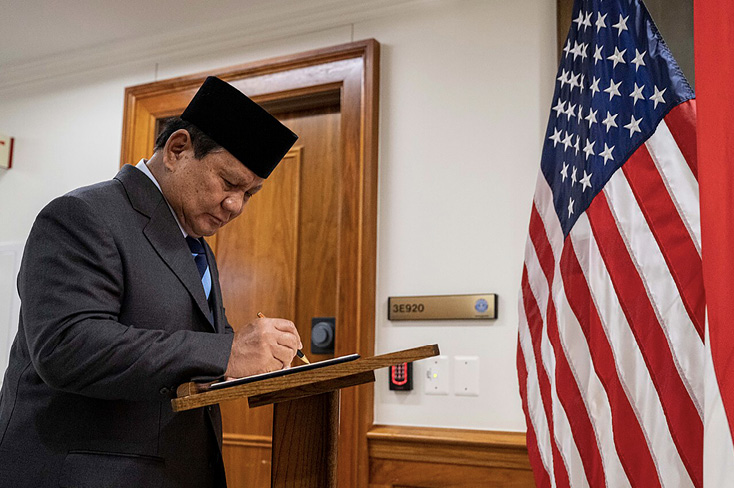
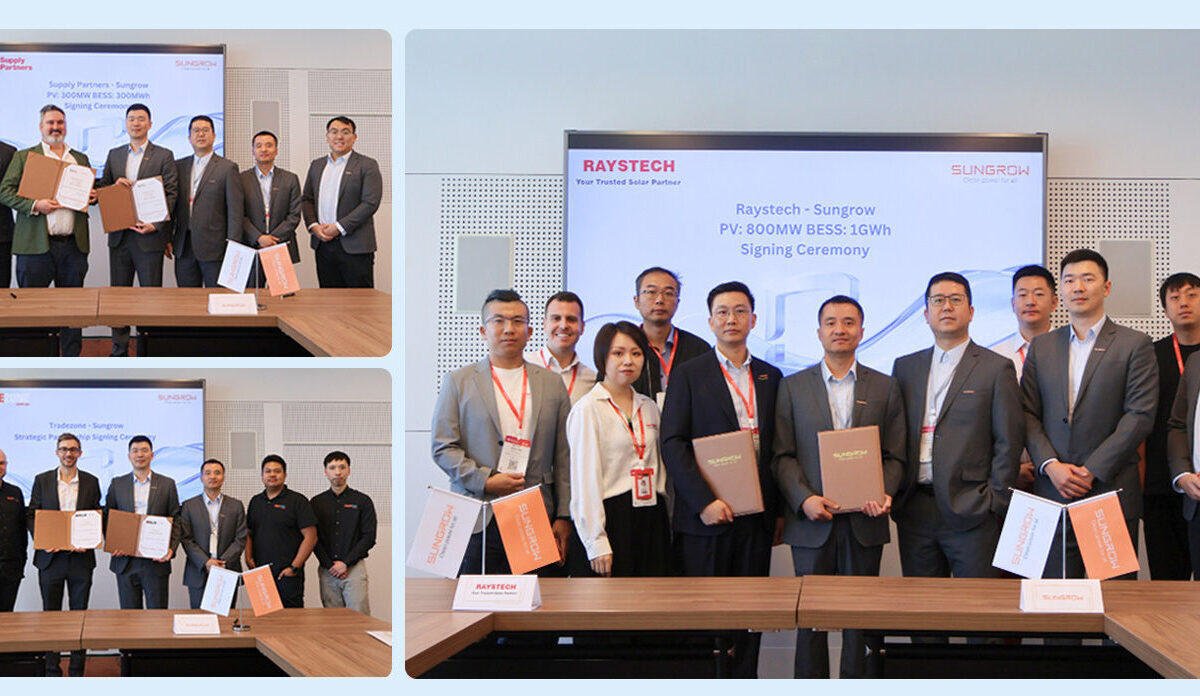


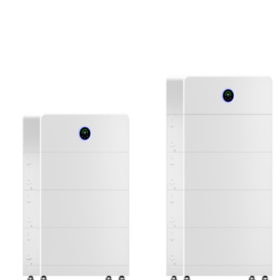
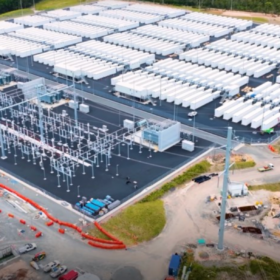
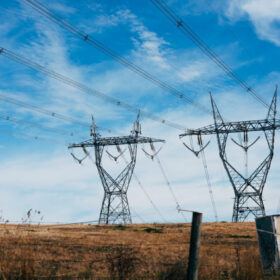
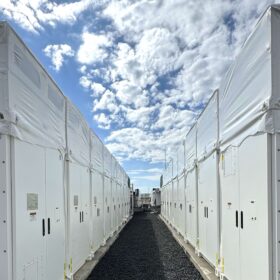
By submitting this form you agree to pv magazine using your data for the purposes of publishing your comment.
Your personal data will only be disclosed or otherwise transmitted to third parties for the purposes of spam filtering or if this is necessary for technical maintenance of the website. Any other transfer to third parties will not take place unless this is justified on the basis of applicable data protection regulations or if pv magazine is legally obliged to do so.
You may revoke this consent at any time with effect for the future, in which case your personal data will be deleted immediately. Otherwise, your data will be deleted if pv magazine has processed your request or the purpose of data storage is fulfilled.
Further information on data privacy can be found in our Data Protection Policy.